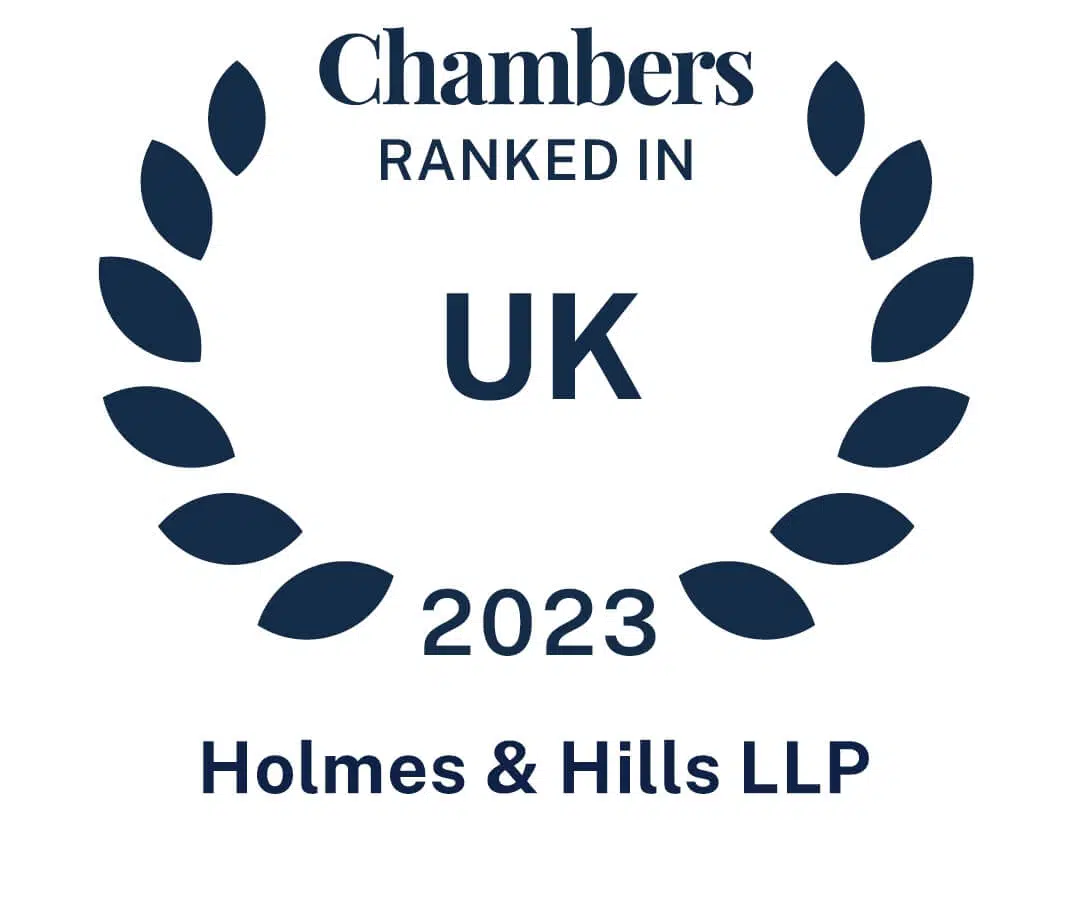In this article, planning law solicitor Michael Harman discusses the implications of Planning Inspectorate Appeal decisions, and how this can affect home improvement decisions.
Spring has sprung and for some of us, thoughts turn to the garden or upcoming DIY projects (certainly I have a few to be getting on with!) here I will focus on two recent Planning Inspectorate Appeal decisions; the first concerning unauthorised development in the curtilage of a dwelling and the other concerning a change of use from a dwelling to a mixed use.
Case 1
A cricket practice cage comprising of six posts measuring 3.6 metres each, attached to the ground using concrete and covered with netting was erected in the rear garden of a dwelling. The local planning authority (Warrington Borough Council) issued an enforcement notice requiring the removal of the cage on the grounds that it was a "building" requiring planning permission. The Inspector clarified that “the point of contention relates to whether or not the breach of planning control constitutes the erection of a building, and, if so, whether such a building would be permitted development taking into account the Town and Country Planning (General Permitted Development) (England) Order 2015 (as amended) (GPDO)”.
Case law confirms the three matters that need to be considered in determining whether or not a development is a "building": its permanence; its physical attachment to the site; and whether or not it was constructed on site. No single matter is necessarily decisive, and a planning judgment should be reached on a fact and degree basis.
The Inspector considered that the cage would have been assembled on-site, rather than having arrived in one piece. However, its posts were buried in the ground using concrete. Although the netting could be removed from the cage, the Inspector considered that the structure as a whole was physically attached to the ground and the posts were permanently in place. He added that permanent in the context of planning control need not mean "everlasting". In conclusion, as a matter of fact and degree, the Inspector found that the cage amounted to the erection of a structure and was therefore a building under section 336 of the TCPA 1990.
Due to the location of the cage adjacent to the boundary of the dwelling and the height of the poles, the development did not fall within Class E, Part 1 of Schedule 2 to the GDPO – thus, express planning permission from the LPA was required. The appeal was dismissed and the cage required to be removed.
[As comment, there was no ground (a) appeal and so the planning merits of the cricket practice cage were not considered – the outcome of the appeal may have been different if they had.]
Case 2
The Appellant sought planning permission for a change of use from a dwelling (class C3) to a mixed use comprising a dwelling and a hairdressing salon (class A1). The dwelling was situated in a quiet, residential close and the owner worked from home as a hairdresser. The salon was operating for 21 hours a week with a maximum of two customers at any one time. The Appellant said that the business generated approximately eight vehicular movements a day – Hastings Borough Council suggested that this was an underestimate and the reality was close to double this. Planning permission was sought to regularise the current use, but the Council refused the application - an appeal was made.
As part of her appeal the Appellant confirmed was willing to accept conditions limiting the hours to a maximum of 25 per week and only allowing two customers to be present at any one time. The Appellant also argued that, given the scale of the proposal, a material change of use may not have occurred and an application for a certificate of lawfulness represented a creditable fall-back position.
The Inspector considered that, although the opening times of the hairdressers could be controlled by condition, conditioning the number of customers would be difficult to monitor and enforce. In respect of the Appellant’s case as to the fall-back position, the Inspector confirmed that it would be for the Council to consider the merits of an application of a certificate of lawfulness in the first instance, but that such an application had not been made and the current appeal concerned the refusal of planning permission only.
Accordingly, the Inspector dismissed the appeal finding that “the proposal would lead to an unacceptable increase in traffic movements and parking that would be out of keeping with and thereby cause significant harm to the character of the residential nature of the area” before then referencing relevant Local Plan policies and paragraph 127 of the NPPF. At present it is not known whether the Council are taking enforcement action to prevent the (currently unauthorised) mixed use from continuing.
What can we learn? Firstly, what may appear to be a relatively benign issue for a homeowner may amount to development requiring planning permission or, if carried out without permission, a breach of planning control. Secondly, both cases demonstrate the benefit of taking advice at an early stage to consider whether the development that you may wish to carry out (or have carried out) is lawful and, if you want the Council to confirm that is indeed the case, to apply for a Certificate of Lawfulness.






A Mackman Group collaboration - market research by Mackman Research | website design by Mackman